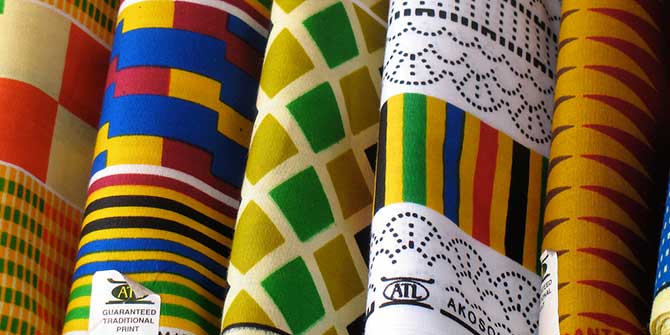Double Vision: A photographic exhibition of South End, Port Elizabeth, South Africa will run from Monday 8 June to Wednesday 10 June, 11am – 6pm at William Goodenough House, Mecklenburgh Square, London WC1N 2AJ.
I have been passing this thing for years without seeing it, but now that it’s made itself visible it insists on being acknowledged every time.[i]
The neighbourhood of South End in Port Elizabeth, South Africa was declared a “white” area under the 1950 Group Areas Act, one of several pieces of apartheid legislation which sought to racially segregate every aspect of South African life. Between 1965 and 1975, the residents of this diverse suburb were systematically removed to far-flung townships as part of the apartheid state’s project of “separate development”. By 1980 almost all South End’s buildings and streets had been erased, replaced with highway overpasses and gated residential complexes or simply left as open land. Although the country held its first democratic elections in 1994, the effects of forced removals and enforced segregation continue to reverberate into the present.
Double Vision is compiled by Yusuf Agherdien, who was moved with his family as a teenager to the newly constructed “Northern Areas” of Port Elizabeth from South End in 1973. These photographs are a deeply autobiographical project of remembrance and recovery. The project of documenting and archiving South End’s past has been, in many regards, Agherdien’s life’s work: he was a founding trustee of the South End Museum, a community museum which opened in 2001, and has authored and contributed to a number of books on the area’s history while developing an extensive personal archive.
The exhibition’s starting point is a set of photographs by the late Ron Belling, taken in 1965-1970 on the cusp of South End’s destruction. Agherdien enters into conversation with these images, tracing Belling’s routes to replicate the original point of view. The landscape of memory visible to Agherdien bears little resemblance to the contemporary neighbourhood, and the exhibition stems from the desire to make the remembered city visible in the present, via a careful, embodied process of seeking out traces of what was once here. In a half-built new residential complex, for example, Agherdien uses the remaining kerbs to identify the position of a long-vanished lamppost, and a curve in the paving to mark a remembered bus stop. From these cues, he points out the location of the house in which he grew up, and the site of a shop that sold the best fish and chips in South End. In the process, the barren construction site becomes a powerful landscape of memory at the same time as it obliterates these markers of the past. These images, then, are both documents of loss and of recovery.

While the story of South End falls into a very specific historical and geographic context, this exhibition explores methodologies for accessing the past in sites of erasure and displacement, processes which take place continually in cities everywhere in the world. The marks and remnants of South End are not monumental and are not designated as “heritage” in any official sense. Without knowledge of how they came to be there, they remain unintelligible objects. James Holston notes that “cities are full of stories in time, some sedimented and catalogued; others spoorlike, vestigial and dispersed… Their registry is never wholly legible because each foray into the palimpsest of city surfaces reveals only traces of these relations”[ii]. Double Vision is an exploration of one potential means of making these traces partially legible, using a combination of visual, oral history and autobiographical methods to decode a past that might other remain invisible, accessible only to those who actively carry its memory.

Double Vision is funded by the Andrew W. Mellon Foundation, curated by Naomi Roux under the 2014/15 Mellon Research Fellowship in Cities and Humanities at LSE Cities
Photographs by Yusuf Agherdien and Ron Belling
[i] Ivan Vladislavić, Portrait With Keys: Joburg and What-What (Cape Town: Umuzi, 2006), 163
[ii] James Holston, “Spaces of Insurgent Citizenship,” in Making the Invisible Visible: A Multicultural Planning History, ed. Leonie Sandercock (Berkeley and Los Angeles: University of California Press, 1998), 37.





